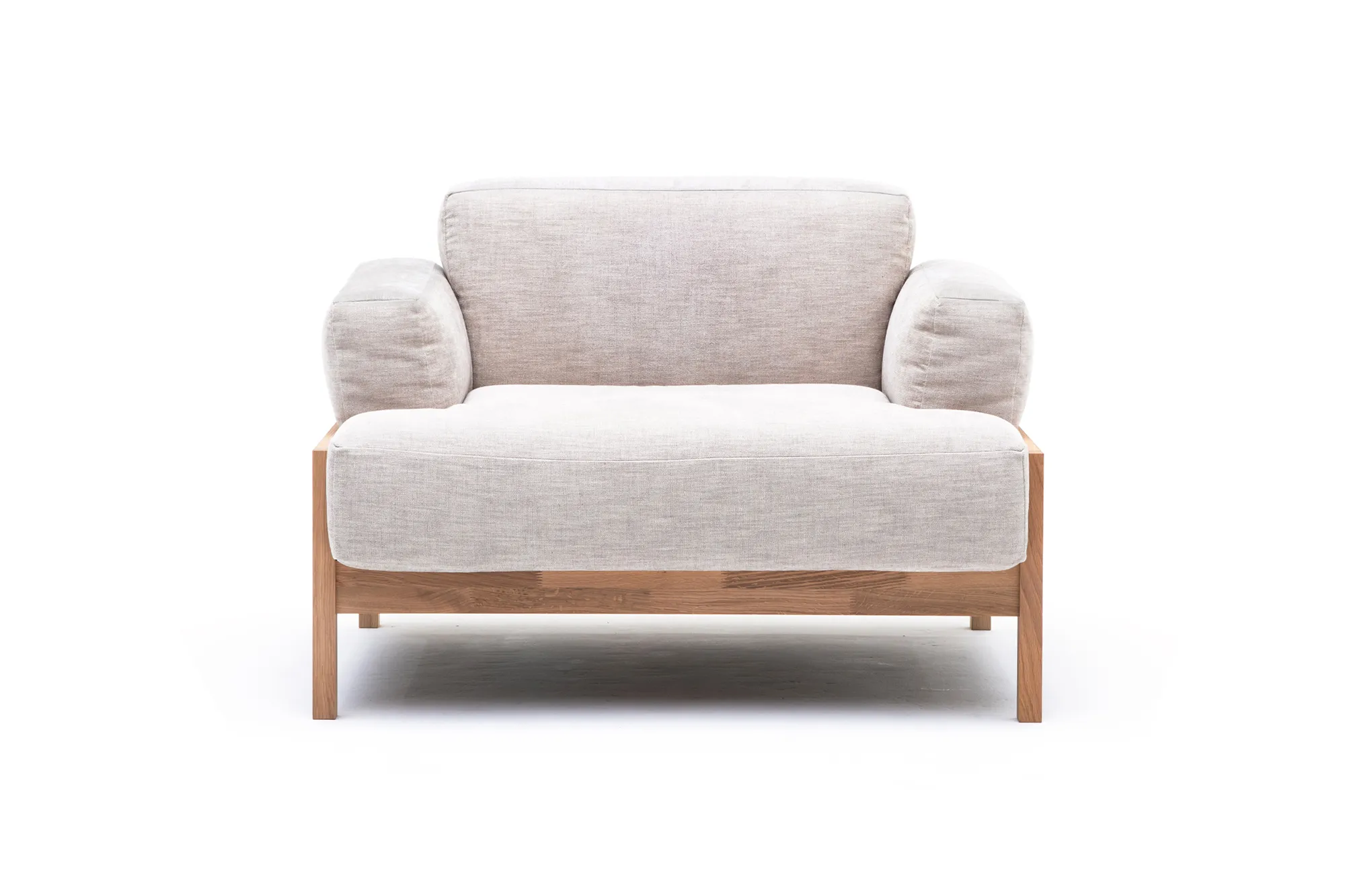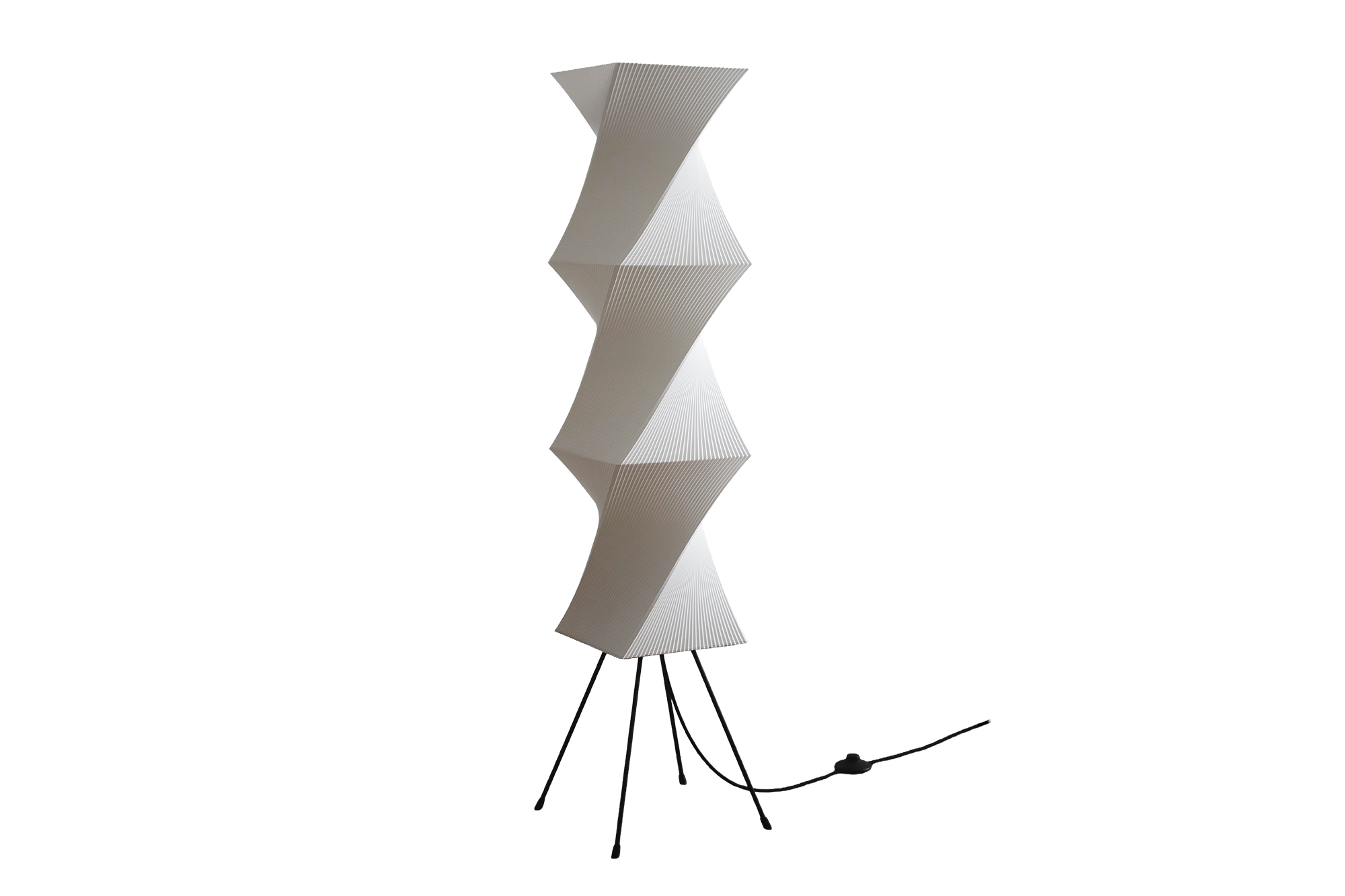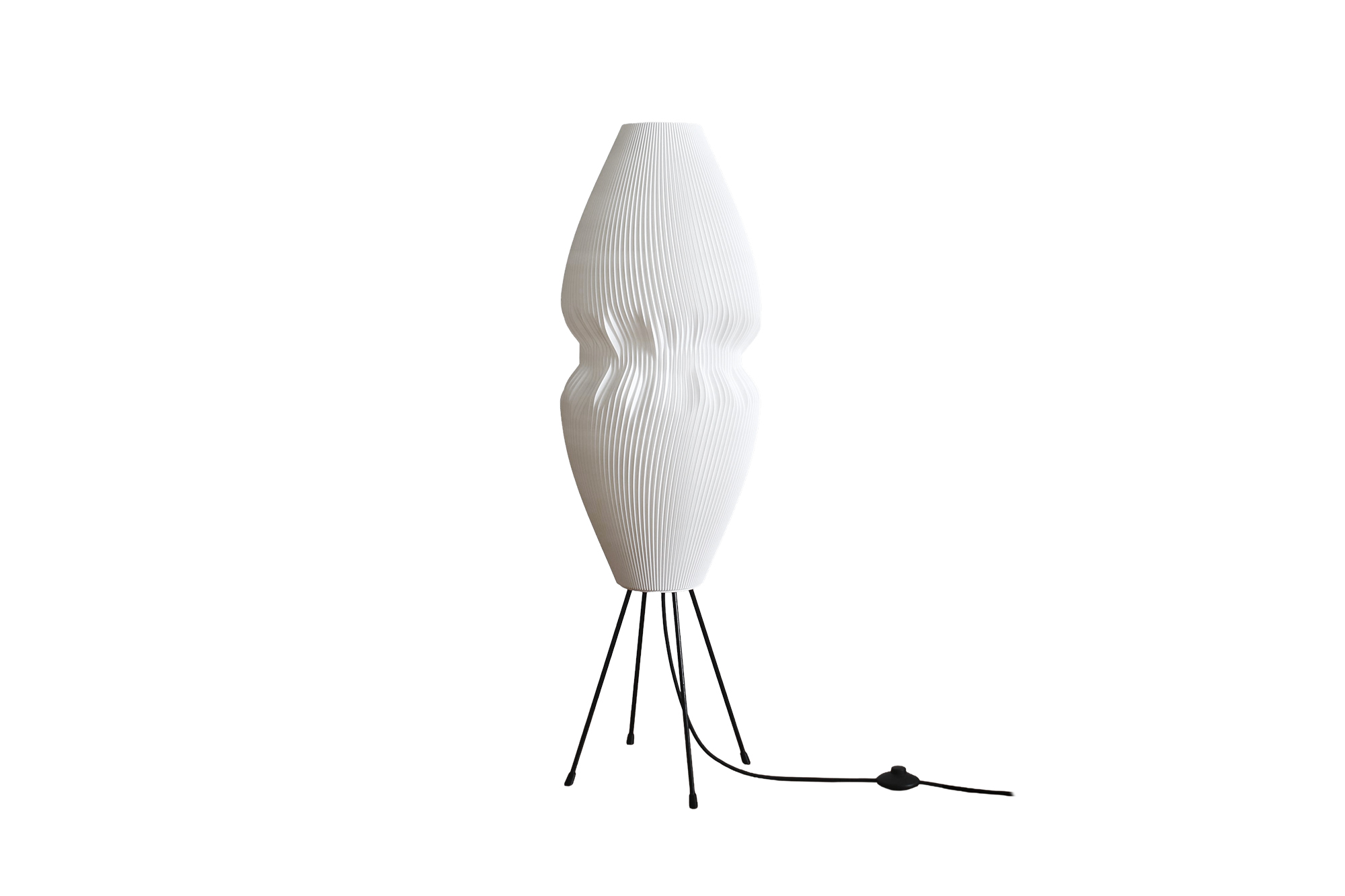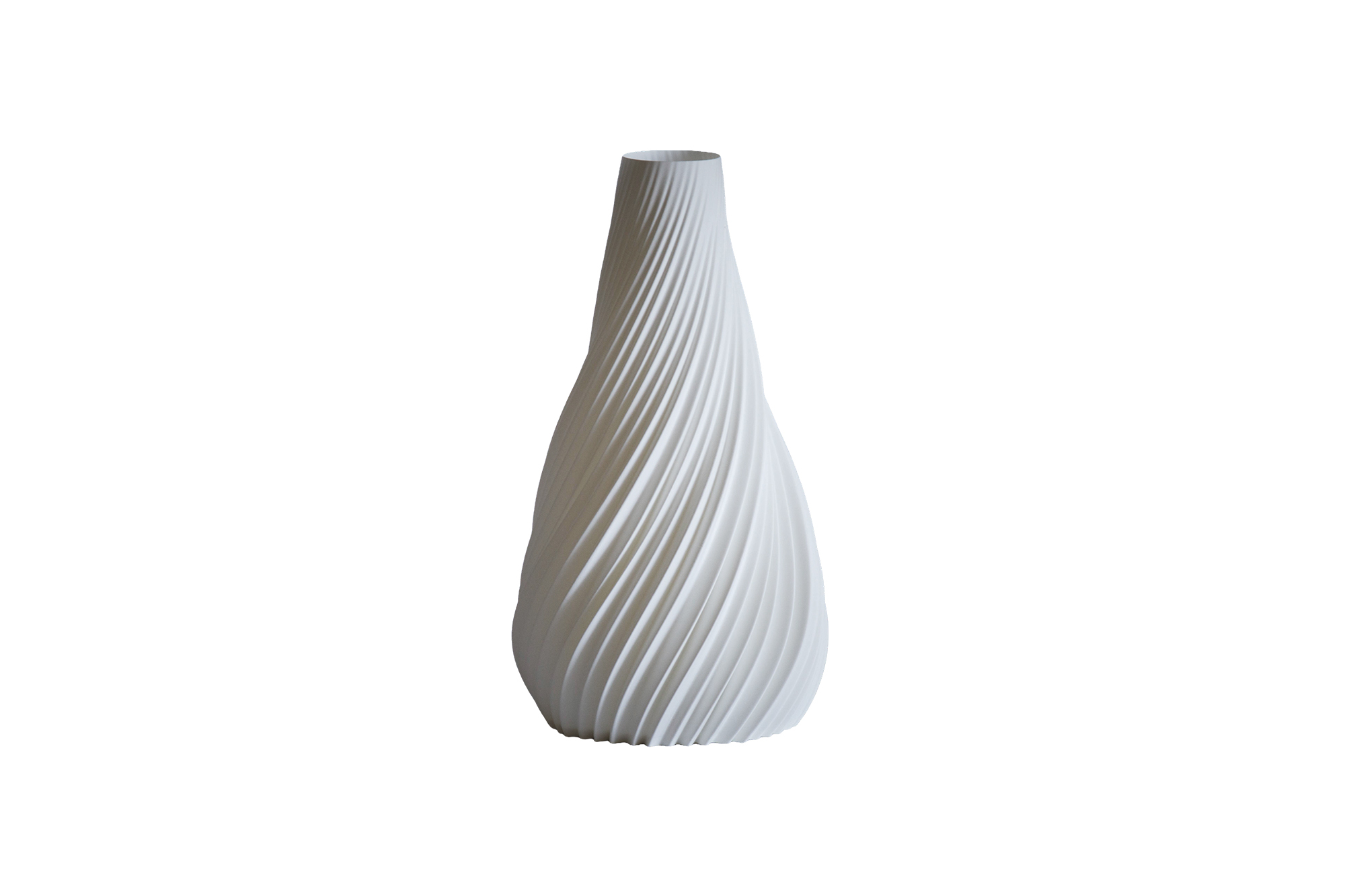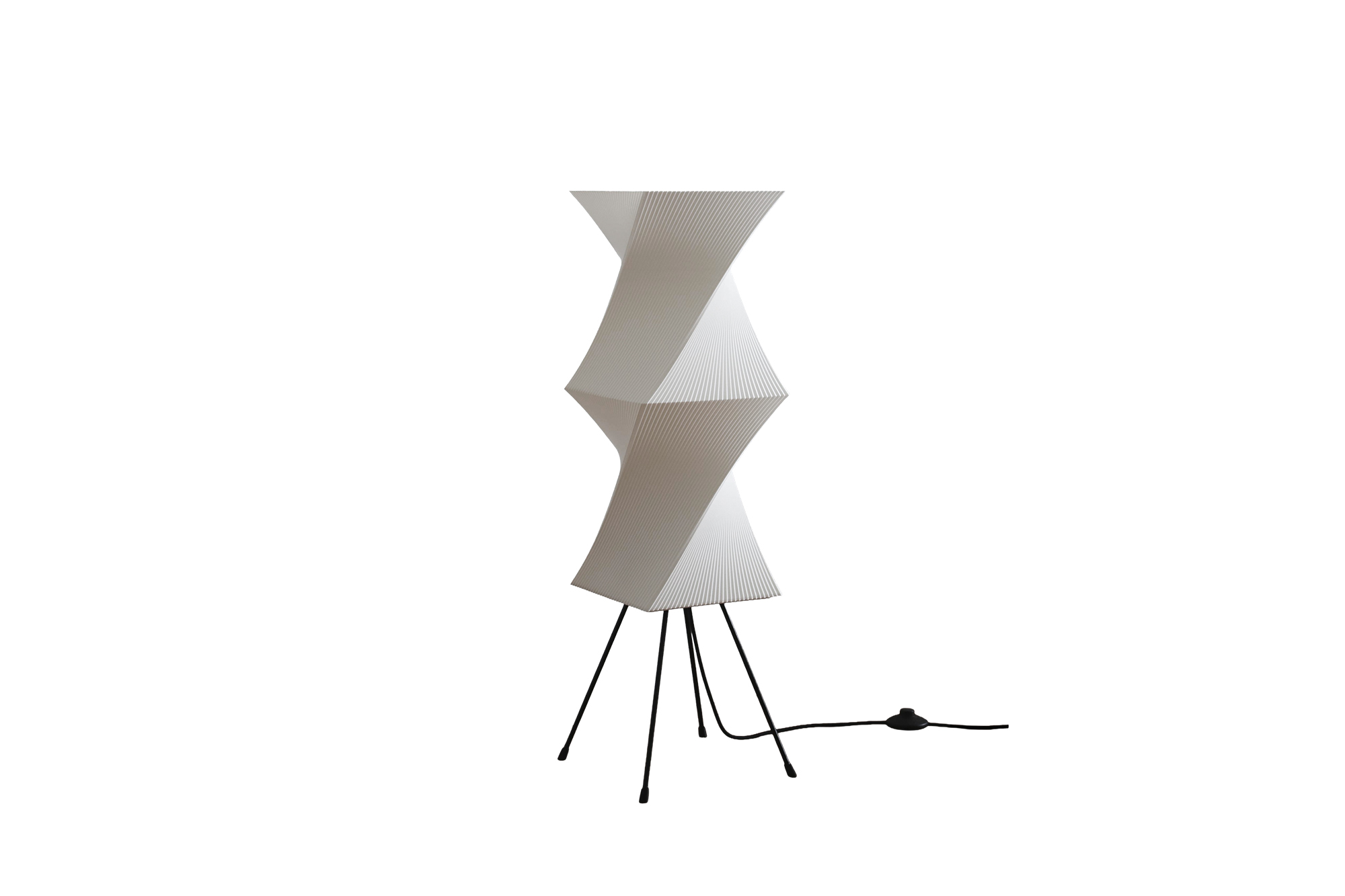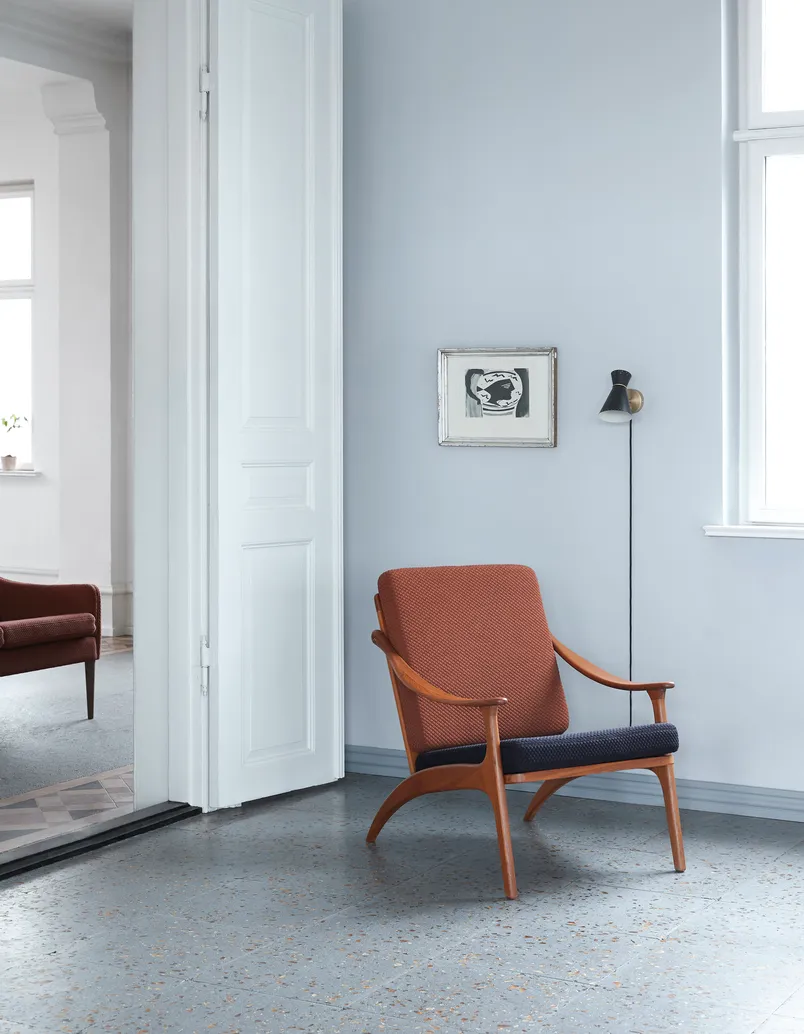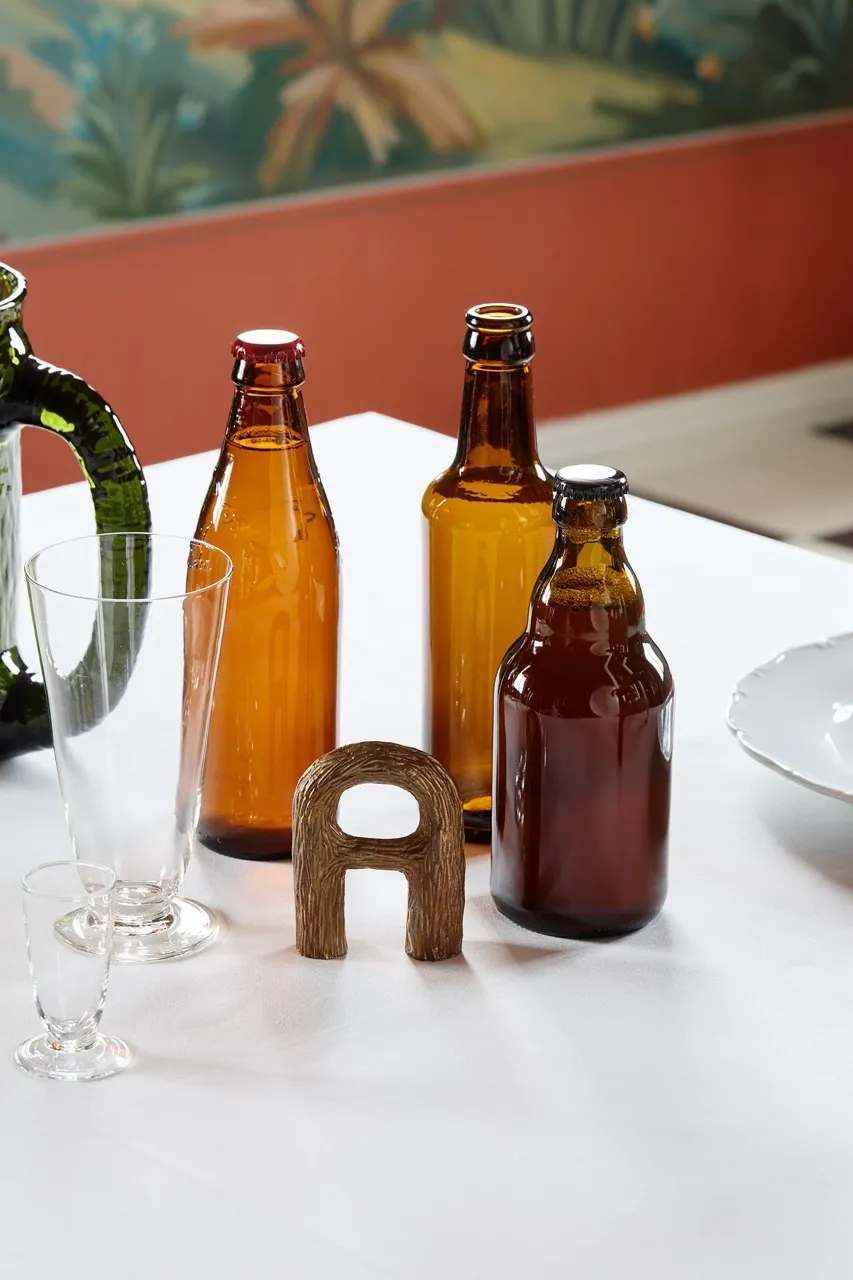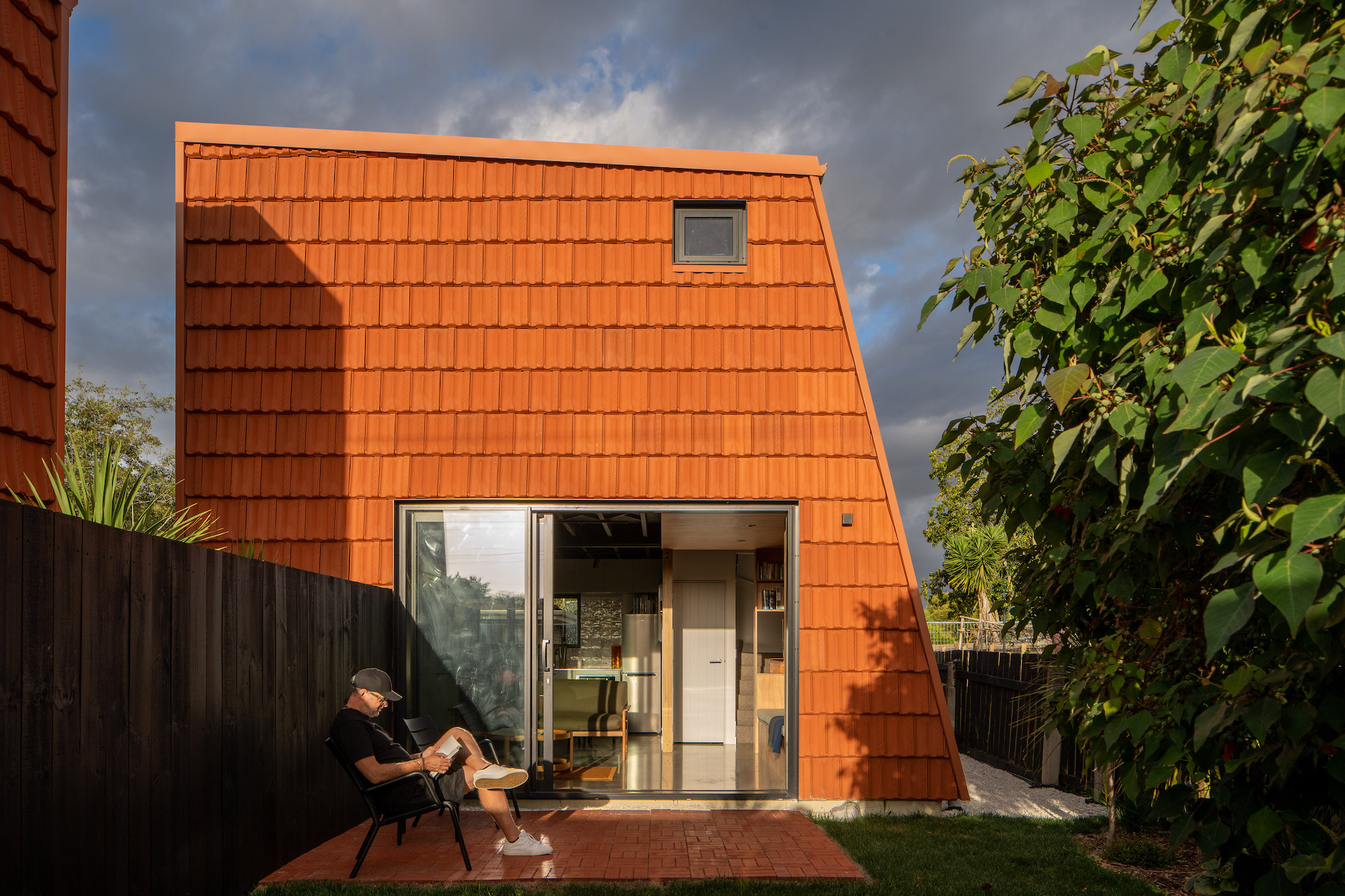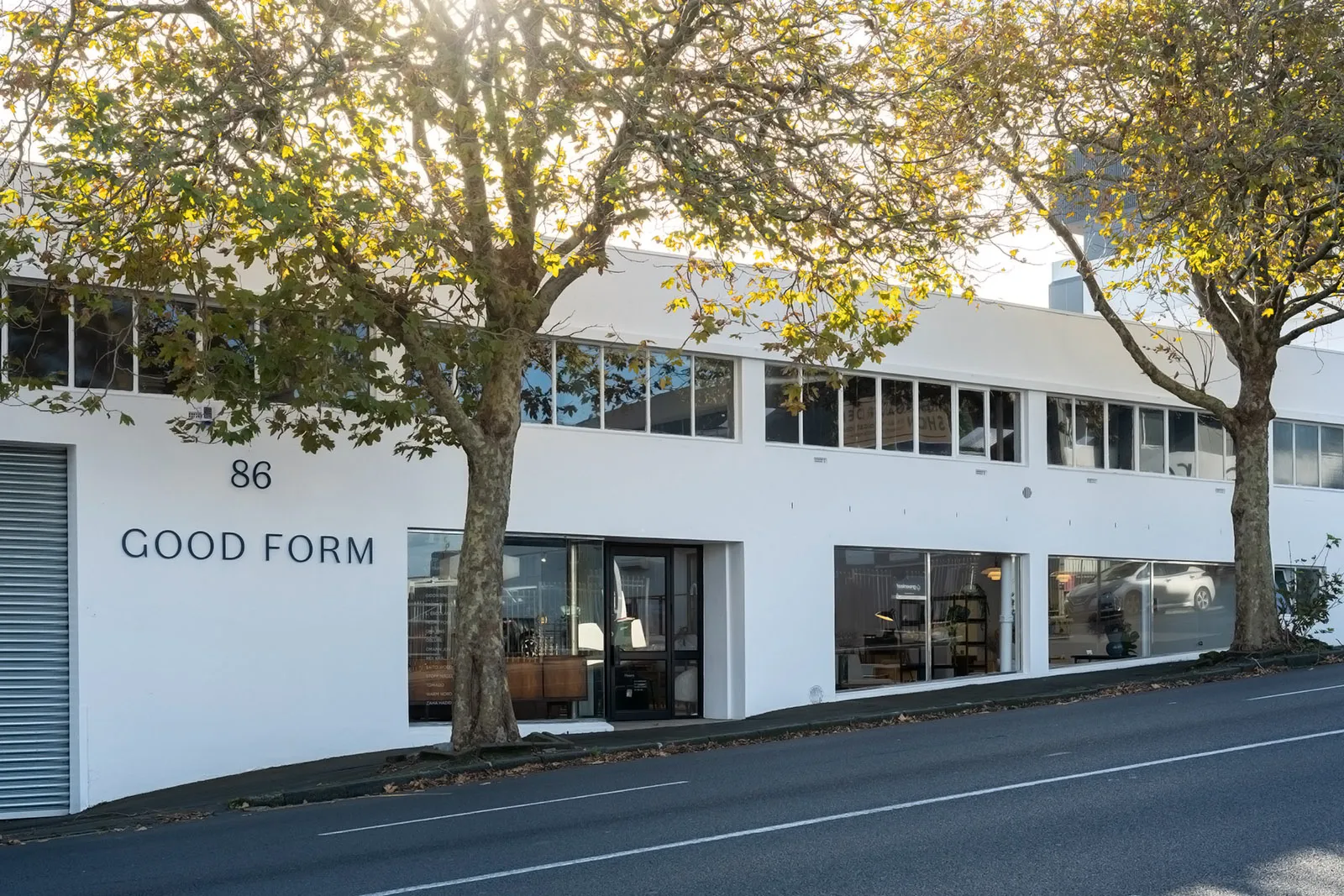Waimauku House / Jo Craddock Architecture
Photo / Simon Devitt
What has it been like to design your own home, and now live in it?
Designing a home for my family has been a privilege. The project from conception to completion spanned over more than a decade and there was no rush to complete things quickly. I think that was the biggest luxury – to be able to take the time to contemplate different aspects carefully until they were fully resolved. It has been a fulfilling personal experience as well as an interesting experiment. You are right there, front and centre, to assess how the building performs over time.
Do you have a favourite part of the house?
So many, in different ways. It was important to me that I create a series of different spaces both inside and out that can be used at different times of day, in differing weather, both collectively and in quiet moments of reflection.
The living space has a beautiful expansive connection to the large trees and pond, and I enjoy this space as it is where we gather together the most. The courtyard to the west is a peaceful and contemplative outlook from my office. The outlook from the bedrooms are restorative and restful. There are moments of joy experienced throughout the house.
What are you currently working on?
Relaunching my architecture practice after having taken time out from client-based work to focus on my family and rural lifestyle. It is an exciting time to be reconnecting to the profession that I love and I have some exciting projects in the pipeline.
How do you push boundaries within architecture?
I am committed to challenging myself as an architect, to pushing towards better resolutions with each project. Accepting that you are always learning and growing creates a dynamism and refinement of approach.
Waimauku House / Jo Craddock Architecture
I wanted to create an oasis for my family, a house deeply connected to nature, a place that lifted the spirit and provided a sense of comfort and calm, a light-filled home that integrated harmoniously into the surrounding landscape.
Keiji Ashizawa offers a smaller version of his laid-back, wood-accented sofa. The chair’s airy, low height enhances the size of the space while it also provides comfort with its plush, upholstered-foam cushioning. Beautifully crafted in solid natural or smoked oak, it reflects Karimoku’s masterly way with wooden furniture through careful attention to detail and uncompromising craftsmanship.
The A-S01 lounge chair is one of twelve tailormade furniture pieces that make up the first collection of Karimoku Case Study, the Kinuta Terrace project. The Keiji Ashizawa Design team draws on the natural references of the connected courtyard in an attempt to invite in nature as much as possible — in their design language as well as through their material compositions.

What was important for you in the design?
Since I was a young child, I have always been aware of how the built environment and its relationship to surroundings can affect mood. One of my earliest childhood memories was attending a kindergarten (that I am sure my parents thought was very respectable) and feeling complete gloom. I hated going. In fact, I used to purposely forget my shoes in the hope that my mother would turn around and return home and perhaps forget about kindy for the day. It was a dark sunken space with only a small clerestory window to provide light and the outside play area was an asphalt court surrounded by high mesh fencing. There was no vegetation, no green space. Conversely, I recall the feelings that I had when visiting spaces that made me feel instantly happy. There were several architecturally designed homes that I spent time in as a child that inspired me to decide to become an architect by the age of 10.
I wanted to create an oasis for my family, a house deeply connected to nature, a place that lifted the spirit and provided a sense of comfort and calm, a light-filled home that integrated harmoniously into the surrounding landscape. It was important to me that the house brought connection and provided a backdrop for happy memories as my children grew. Careful planning in relation to site, materiality, sun, shelter and scale has worked together to create an environment that is enhancing our lives.
The site was a rolling 10 acre run down sheep farm and chestnut orchard with many large established trees and a pond. We remodelled the farm into an equestrian property with the house at the heart. It is a working farm and the house had to be robust enough to cope with that. We bought the property and lived on site in a damp little dark Lockwood, and I designed the house from there whilst wrangling three pre-schoolers. During the early stages I built a conceptual model which I took down onto the site at different times of day and through the seasons for a whole year before being sure that I had reached the right resolution.
The house is designed as split level to follow the natural contours of the land. A continuous ceiling height creates increased volume and scale as you descend into the living areas which expand to allow full view of the natural environment and large trees beyond. Strong axial lines draw the eye out into the landscape whist a lineal hallway dissects the house into two parts- protective precast concrete on the south and cedar weatherboards on the north. A lap pool further stretches the house towards surrounding bush.
It was important to me that the house perform efficiently and tread lightly on the environment. I gave careful consideration to orientation and sun angles which optimise thermal performance at different times of the year. Direct sunlight enters the house during the winter and in summer a canopy provides shade. Large sliding glazed doors open to provide ventilation and an uninhibited connection to the outdoors. The precast concrete panels anchor the house to the ground and provide thermal mass that store heat during the winter and keep spaces cool during the summer. Solar panels collect energy for hot water supply. Rainwater is collected from the roof. Septic is dealt with on site. Timber joinery and plywood wall linings act in juxtaposition to the concrete creating a softness and warmth.
Waimauku House / Jo Craddock Architecture
Waimauku House / Jo Craddock Architecture
I like to work with lasting materials in their natural state and to allow them to age well and show evidence of the lives lived around them. To me, wear is a sign of a life well lived and a space well used and makes a house a home.
Waimauku House / Jo Craddock Architecture
Photo / Simon Devitt
Waimauku House / Jo Craddock Architecture
What is a typical day in your studio like?
Every day is different depending on the stage of a project. My favourite days are when I am up early with the birds, all is calm and I am designing without distraction.
How would you describe your studio’s approach to design and architecture projects?
I take a very personal approach. For me, the most fulfilling part of being an architect is creating spaces for people that bring them happiness. I enjoy the dynamic relationship between client and architect, the back and forth around brief that then shapes a building. There is pleasure in interpreting a client’s brief, expanding upon it and immense satisfaction in delivering something that far outweighs expectation.
More and more I am focused on energy efficiency, sustainability and the environmental impact of architecture. As architects we are at the helm of the future impact that the built environment has on our fragile planet and it has become a core focus for me as an architect to reduce negative effects whilst maintaining quality of design.
What characterises your design aesthetic?
The modernist simplicity of “form follows function” with attention to experience, materials, detail, light and connection to nature.
Could you name a few sources of your inspiration sources?
Richard Neutra for his ability to seamlessly connect interior and exterior spaces through full height sliding glazed doors. For his integration of the house into the landscape. For his simple yet sophisticated planning. David Chipperfield for his refined materiality and ability to create a delicacy and subtle partnership between concrete and timber. Carlo Scarpa for the permanence of his structures, bold use of concrete and geometries.
What are your top picks at Good Form / Mr. Bigglesworthy right now?
Alvar Aalto Savoy Vase 1936 in Moss
Karimoko Case Study A-S01 Armchair
Warm Nordic Dainty Pouf in Olive Green
The Orange Chair Hans Olsen 1955
(all items I own and enjoy each day except for the CC Tapis Feathers rug)
A big thank you to Jo for sharing these insights. For more images of this project featuring furniture from our range, head over to our Project – 2023 Home of the Year by Jo Craddock. View more work from her practice at jocraddock.co.nz and Instagram.
Waimauku House / Jo Craddock Architecture
During the early stages I built a conceptual model which I took down onto the site at different times of day and through the seasons for a whole year before being sure that I had reached the right resolution.


